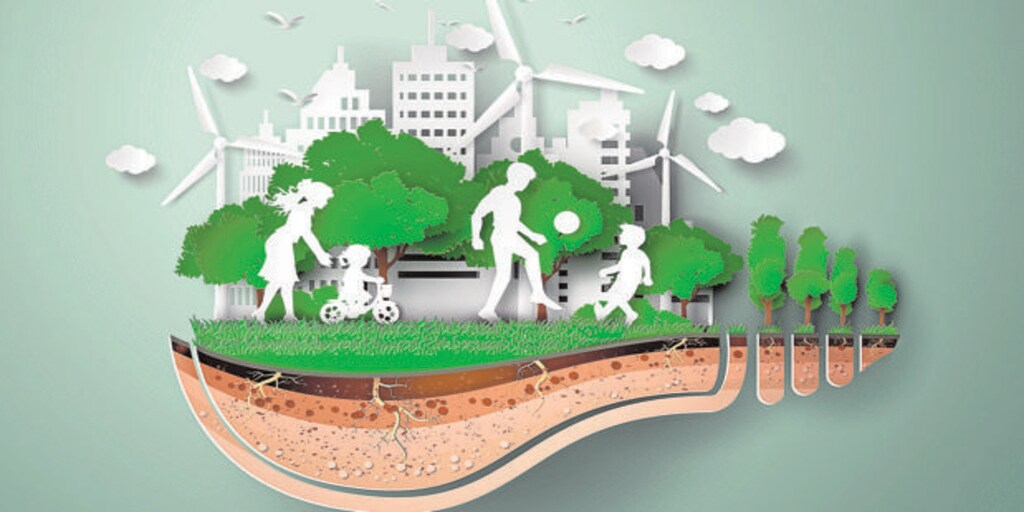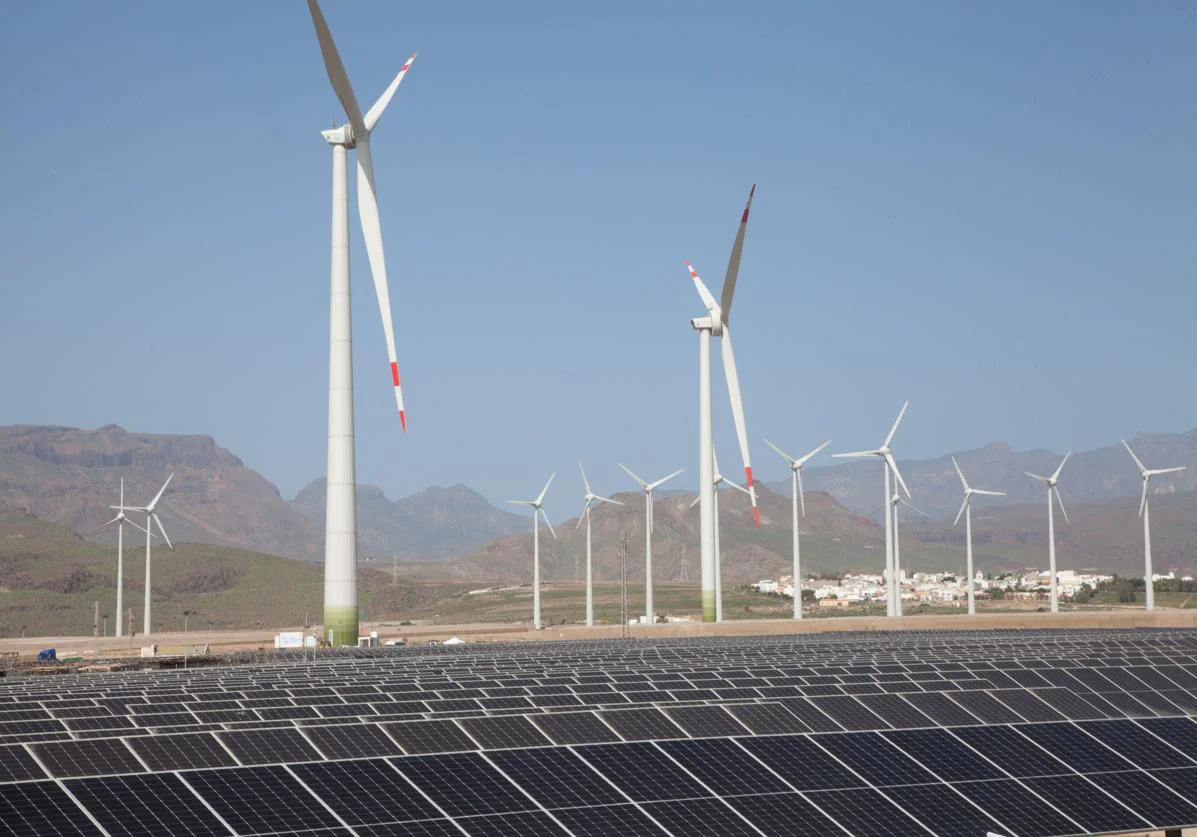Constructions to reinforce the scaffolding of sustainability

Updated:
Keep
The European Commission defines green infrastructure as the “strategically planned network of natural and semi-natural spaces and other environmental elements designed and managed to offer a wide range of ecosystem services”. It includes green spaces (or blue, if it is aquatic ecosystems) and other physical elements in land areas (natural, rural and urban) and marine. Infrastructures that provide ecological, economic and social benefits through natural solutions.
"Since cities began to emerge, people are interested in including natural elements within them and it was strengthened by the movements that promoted the healthy city at the beginning of the industrial revolution," he begins by pointing out Gabriel Dorado, professor and director of the Master in Historical Gardens and Ecosystem Services of Green Infrastructure at the ETSI of Montes, Forestal and the Natural Environment of the UPM. "Society values more not only using services but being close to these elements, being able to enjoy the ability to improve our health, physical and psychological," adds the teacher.
Europe is one of the most urbanized areas on the planet, the landscape of which has suffered a significant loss and fragmentation of habitat. «In Spain, as in Europe, this type of infrastructure is a bit abandonedHence, directives and strategies have been drawn. There is a lot of interest in developing a series of actions that are multifunctional and multiscale, that affect many elements of society ”, indicates Dorado. According the European Commission, the The best way to create a green infrastructure "is to adopt an integrated approach to land management and careful strategic planning of the territory."
However, this type of planning is long-term, and as the professor at the UPM, «Political interest has been lacking, everything that is environmental management has the problem of elections. The management of the medium is very long term and politicians want to show results in the short term. It is convenient to define long-term strategies for all governments to comply with it ”. He believes that there is very little investment in the management of natural parks and although there is Natura 2000 Network "It is abandoned, there are no defined management plans." Also, remember that this type of project “does not require large investments. The investment is low and produces a lot of labor ”.
Profits
One of the benefits of investing in green infrastructure is protection against natural risks. "When you design a city respecting natural green infrastructures, many risks are avoided," says Dorado. The existence of vegetation reduces temperature peaks, thermal extremes, as well as "absorbing pollutants, reducing noise, improving the quality of life and well-being of the population." Since the Ministry for the Ecological Transition and the Demographic Challenge point also the role of these infrastructures in water management and in the reduction of flood risks, helping, among other aspects, to mitigate and adapt to the impacts of climate change, to reduce the danger of floods and to regulate of flows and to increase the resilience of ecosystems.
Examples
Despite the shortcomings that still exist in this area, we find in Spain good examples of green infrastructures, as is the case of Vitoria- Gasteiz, which won the European Green Capital award in 2012. It is one of the European cities with the highest proportion of green areas per inhabitant (approximately 45 square meters per person) and the entire population lives within 300 meters of an open green space. The city has been investing in a green belt for more than 30 years, in an extensive network of parks and city walks, without forgetting sustainable water management systems.
«Zaragoza and Huesca are doing some very interesting work and Madrid, with the naturalization of the Manzanares. We have seen that with very little life on the river can return. Talso Barcelona and Valencia, in Spain there are good examples ”, points out the professor from the ETSI de Montes. «He is moving with a lot of criteria and above all working on putting true well-trained professionals at the head of these areas in different municipalities. It is important that urban planning managements are made up of multidisciplinary teams to see the potential of these cities ”, he clarifies.
The Spanish capital is working on several green infrastructure projects. «On the one hand, in the neighborhoods, establishing more green spaces. On the other, the metropolitan forest network, creating a large green belt around Madrid, such as the green M-40. And, thirdly, betting on infrastructures similar to what was done with Madrid Río », says Borja Carabante, delegate of Environment and Mobility, of the Madrid City Council. For example, the green corridor of the Southwest thanks to which there will be 80,000 square meters of green space or the bridge with green cover to the Manzanares that will cover the old Vicente Calderón.
Carabante points out the importance of adapting the city to climate change "preparing the city in terms of existing resources." Measures are being taken to guarantee the evacuation of the water and seeking the adaptation of the biodiversity. For example, "it is important to look for a type of woodland for Madrid, which is autochthonous, for the new climatic conditions", indicates the delegate, once the trees suffered a lot of damage with the storm Filomena.
Resilient model
The Park of La Marjal, located in an area of urbanizations in Playa de San Juan, in Alicante, it is an example of urban green infrastructure that combines urban resilience and biodiversity. This multifunctional green space was built in 2015 thanks to the collaboration between the Alicante Town Hall and Aguas de Alicante, has 3.6 hectares of surface with the capacity to collect up to 45,000 m3 of water, and two collectors (located in avenues with a tendency to flood) that collect water from floods and channel it to the two ponds from the park. Subsequently, the water is taken to the Monte Orgegia wastewater treatment plant for reuse for urban irrigation purposes mainly, thanks to the city's more than 70 km of reclaimed water networks.









